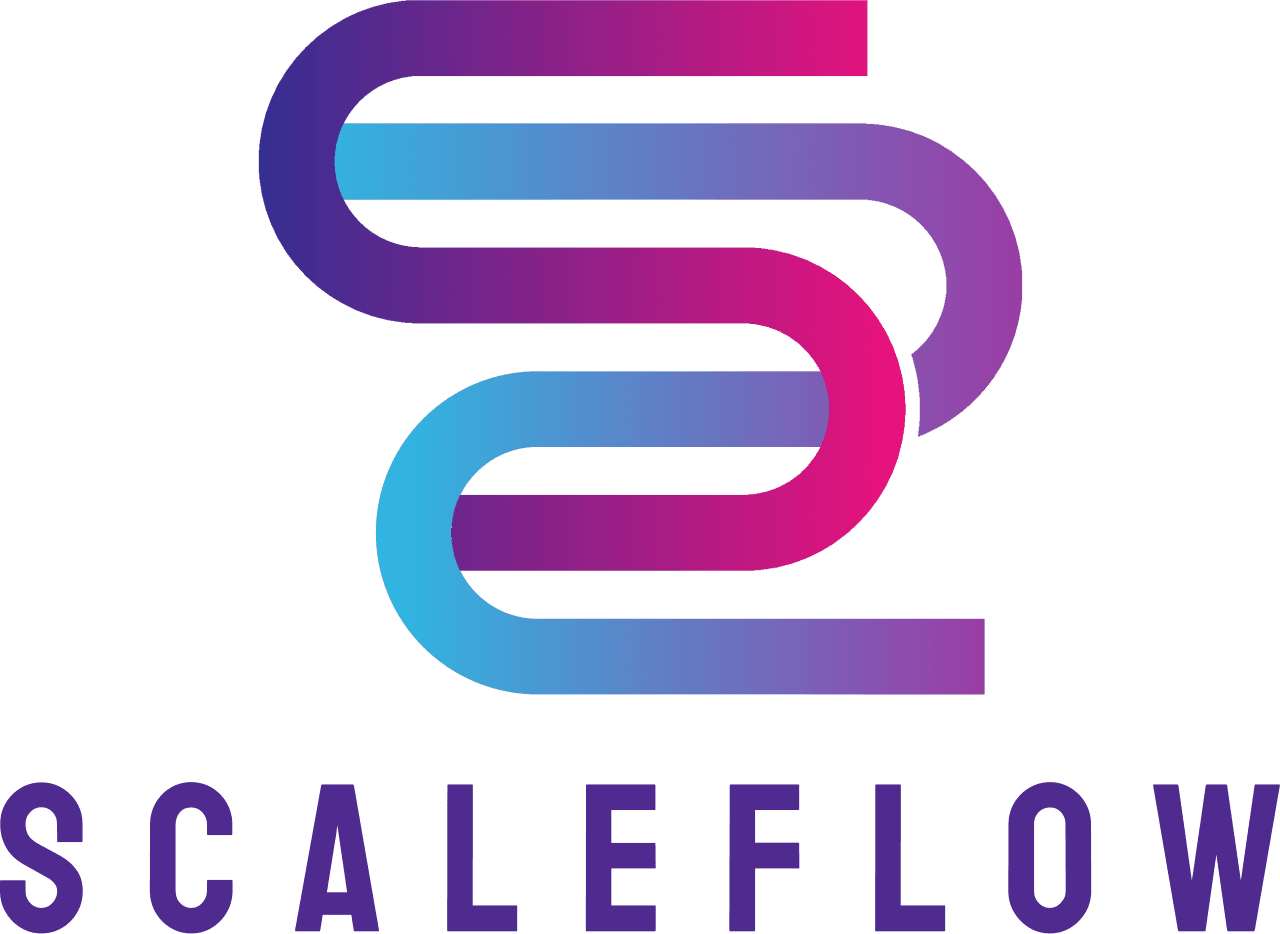Workflow Optimization for Lebanese Businesses: A Complete Guide
Understanding Workflow Optimization
Workflow optimization is a crucial component in enhancing the operational efficiency of any business. For Lebanese businesses, this means streamlining processes to ensure maximum productivity, reducing unnecessary costs, and improving overall service delivery. By optimizing workflows, businesses can adapt more swiftly to market changes and customer demands.
The foundation of workflow optimization lies in analyzing existing processes to identify bottlenecks and areas for improvement. This involves mapping out each step of a workflow, understanding its purpose, and evaluating its efficiency. Once these elements are clearly defined, businesses can implement strategies to enhance performance.

The Importance of Technology in Workflow Optimization
In today’s digital age, technology plays a pivotal role in workflow optimization. Lebanese businesses can leverage various software tools to automate repetitive tasks, thereby freeing up valuable human resources for more strategic activities. Automation not only reduces the risk of human error but also speeds up task completion.
Investing in the right technology solutions can transform how businesses operate. Tools such as Customer Relationship Management (CRM) systems, project management software, and communication platforms help in maintaining seamless operations. These tools facilitate better collaboration among teams, ensuring that projects are completed on time and within budget.

Identifying Key Areas for Improvement
To effectively optimize workflows, businesses need to identify key areas that require improvement. Start by conducting a thorough analysis of current processes and gathering feedback from team members. This will provide insights into which processes are working well and which need refinement.
Common areas that often need optimization include communication channels, document management, and customer service processes. By focusing on these areas, businesses can enhance efficiency and improve customer satisfaction levels.
Implementing Process Automation
Process automation is one of the most effective methods for optimizing workflows. By automating routine tasks such as data entry, scheduling, and report generation, businesses can significantly reduce time spent on manual processes. This allows employees to focus on higher-value tasks that require critical thinking and creativity.

When implementing automation, it is important to choose solutions that align with your business goals and integrate seamlessly with existing systems. Regularly review automated processes to ensure they continue to meet business needs and adjust them as necessary.
Measuring Success and Continuous Improvement
After implementing workflow optimization strategies, it’s crucial to measure their success. Establish key performance indicators (KPIs) to evaluate the effectiveness of new processes. Some common KPIs include reduced process time, decreased error rates, and increased customer satisfaction scores.
Workflow optimization is not a one-time exercise; it requires continuous monitoring and improvement. Encourage a culture of feedback within your organization to gather ongoing insights from employees about how processes can be further improved. Regularly update your strategies to adapt to changing market conditions and technological advancements.

Conclusion
Workflow optimization is an ongoing journey that can lead to significant benefits for Lebanese businesses. By investing in technology, identifying areas for improvement, automating processes, and continuously measuring success, businesses can enhance their operational efficiency and remain competitive in today’s fast-paced market.
Embrace these strategies to transform your workflows and drive your business towards greater success and sustainability.
